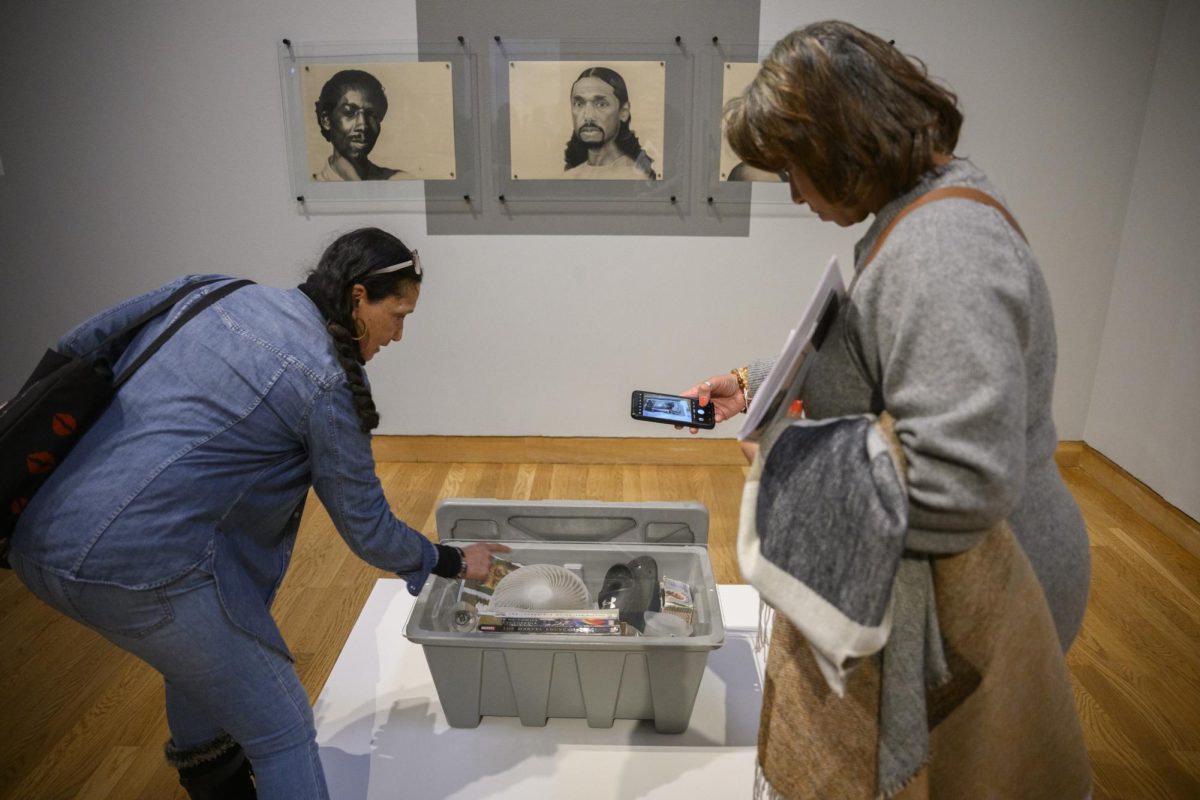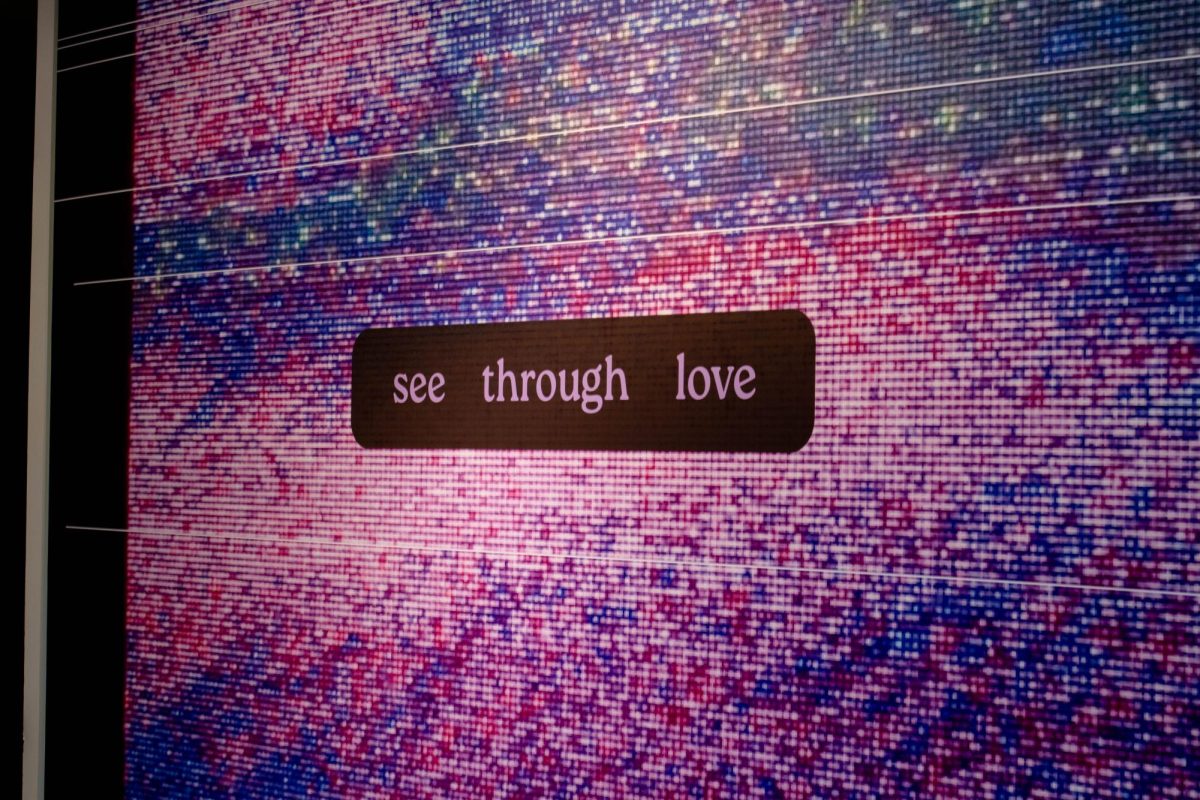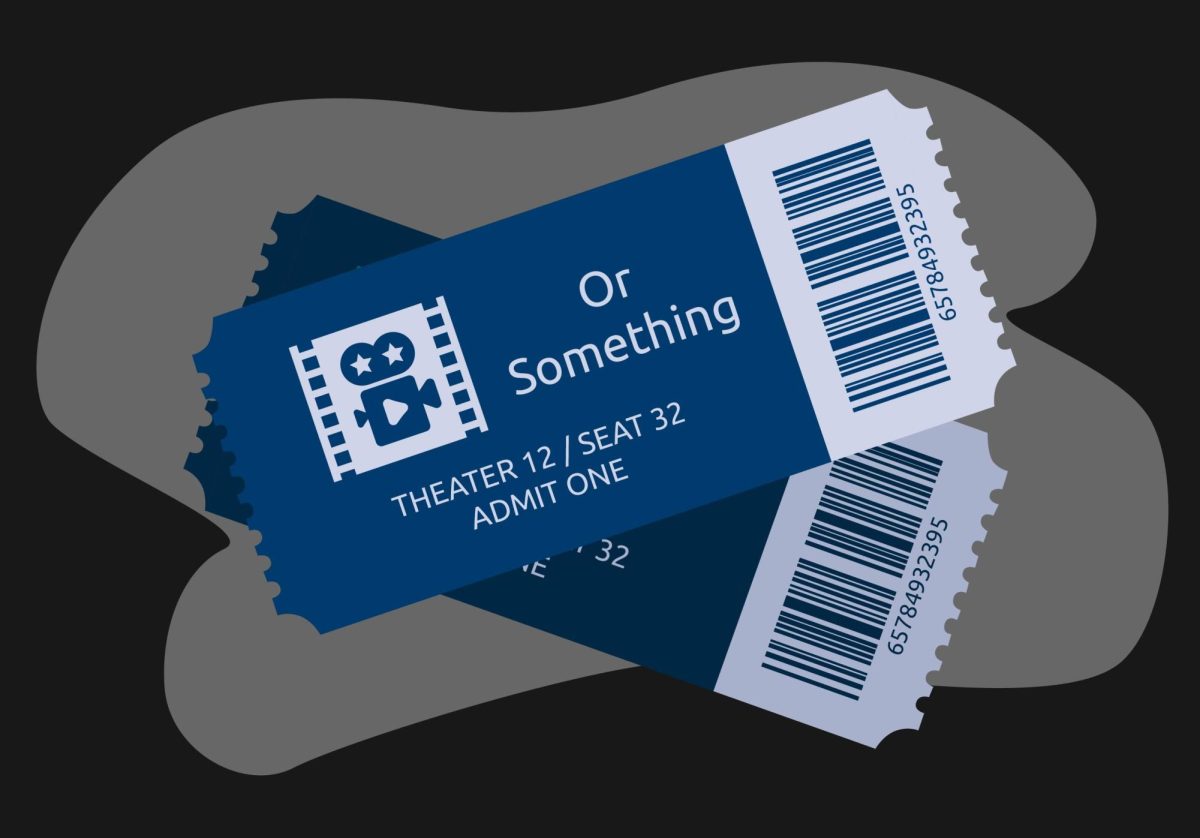Relics of a ruined empire capture the imagination of scholars and laypeople alike.
Dr. Michael Miller collects the history, real and imagined, of ancient Rome. He collects memories in limestone and marble, and for the next few weeks, his extensive collection of Roman sculpture is on loan to the Minneapolis Institute of Arts.
The museum has combined Miller’s collection with part of its permanent Roman exhibition of metalwork and earthenware pieces to create a gallery that showcases the greatest years of the Roman Empire.
Stories about Cupid’s origin conflict, but one says that he was originally seen as a man who represented impetuous physical passion. He grew younger as the tale moved down through the generations, and by the Hellenic age he was a child. Cupid didn’t get his bow and arrows of love until the fourth century B.C.
“Bulfinch’s Mythology” claims the reverse; it says that his mother, Venus, was upset that her son stayed a child, but a goddess told her he needed a sibling. After a little brother came along, Cupid quickly grew up.
Miller’s “Cupid with a Hydria” is more like the chubby, rosy-cheeked Valentine’s Day icon than a primal force of nature. He emulates an Olympic weightlifter as he holds part of a large water jar on his shoulder, and his wide-legged stance shows the strength behind his effort. His baby curls and pudgy body endear him to the viewer despite his lack of limbs.
Many of the works are missing parts, which is to be expected after a millennium or two, but it does not detract from the beauty of the whole. Instead, they let one finish the sculpture with the imagination. Maybe the left marble arm of the “Figure of a Woman” was held high above her head in a sort of flamenco style as she danced, or perhaps she held on to an edge of her skirt with it as she waded through a mud puddle.
Portrait sculptures were all the rage in Rome during the first three centuries A.D. Emperors and empresses had limestone or marble portrait heads made, and even some citizens a little further down the social ladder had their portraits done. Some sculptures are re-cut from those of emperors who fell from grace while others still show the faces of the original sculpture.
“Portrait Head of the Emperor Augustus” is simplistic yet intricately detailed; every strand of hair is carved into place while his face is merely outlined. His physical characteristics are not ignored, but the bare features offset the rest of the details.
To enter this exhibit is to enter the odd silence of the past still resonating; to view it is to see the pages of Bulfinch and Hamilton come alive.
Yes, there are stories to be told here, though the stories, locked forever behind stony, unseeing eyes, will never be told completely.
Perhaps the secrets and the stories behind each of the masterpieces in the exhibit are best locked away, yet the mysteries and excitements herein glow with what was and with what might be.







